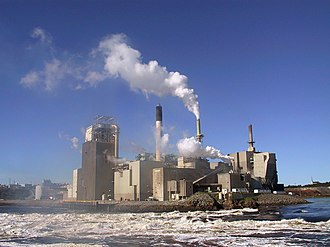The paper industry, often hailed as a greener alternative to plastic, is facing increasing scrutiny regarding its water consumption, an essential yet dwindling resource. As climate change exacerbates water scarcity worldwide, companies in the pulp and paper sector are under pressure to adopt innovative technologies and sustainable practices to mitigate their environmental impact.
A recent report by BBC News highlighted the alarming water usage in the process of transforming wood into paper. In Uruguay, one of the world’s largest pulp mills, the UPM Paso de Los Toros facility, began operations amid the nation’s worst-ever drought. This event triggered intense debates about the industry’s water usage, especially in regions already suffering from water scarcity.
However, amidst these concerns, there are glimmers of progress. The Indian Paper Manufacturers Association (IPMA) shared positive news, indicating an 80% reduction in water consumption within the Indian paper industry. Investments totaling Rs 25,000 crore have been poured into sustainable production processes, marking a significant step toward more eco-friendly practices. Modern technology solutions and captive power generation have been instrumental in achieving substantial improvements in both water and energy efficiency.

While strides have been made, the urgency of the situation cannot be understated. The paper industry, a significant consumer of water, must intensify its efforts to curb usage further. Industry leaders are being urged to ramp up their investments in sustainable practices and embrace cutting-edge technologies to reduce their ecological footprint.
The industry’s ability to adapt is essential, especially in the face of worsening climate conditions. With regions like Uruguay experiencing acute water shortages and other parts of the world facing similar challenges, the paper industry must accelerate its transition toward sustainability.
Experts agree that a collective effort is required. Governments, industry players, and environmental organizations need to collaborate closely to establish and enforce stringent regulations on water usage within the paper industry. Simultaneously, research and development efforts should be intensified to create innovative, water-efficient production methods.
While the paper industry is making strides in reducing its water consumption, there is no room for complacency. The industry’s future hinges on its ability to balance economic interests with environmental responsibilities. Continued investments in sustainable practices and a rapid adoption of advanced technologies are paramount to ensuring a greener, water-conscious future for the paper sector.
Resources:
1.https://news.yahoo.com/does-paper-industry-cut-water-231115247.html
2.https://www.bbc.com/news/business-67144689
5.https://www.africapulpaper.com/en/articles/water-usage-in-paper-mills